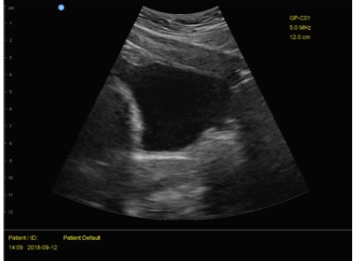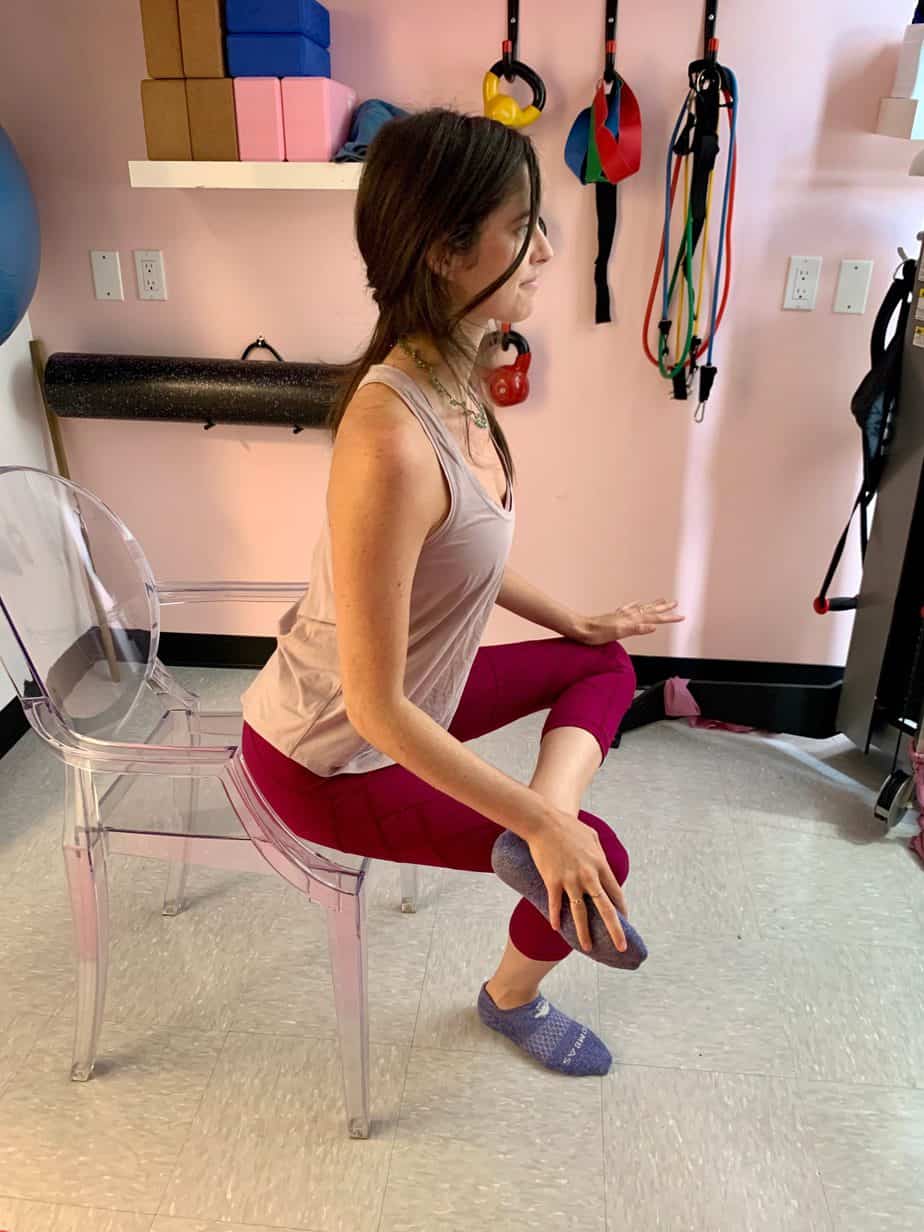Using Sound Waves in PT

Most people don’t think of imaging when they think of their physical therapist, and for good reason. In most cases, PTs can’t order X-rays, CT, or MRI scans. Because most states now have direct access laws, physical therapists are becoming primary care providers for musculoskeletal injuries. This is making a type of imaging that PTs can use more popular: musculoskeletal ultrasound.
This technology uses sound waves to create an image of what’s going on in the body in real time. That means that a PT doesn’t just get a static image, ultrasound can capture movement of muscles, tendons, and nerves. It may also give a clearer image of these structures than other types of imaging, helping to diagnose strains, sprains, prolapse, incontinence, diastasis and hernias.
It is a very safe imaging modality, using no radiation and having no known adverse effects on humans. Because it doesn’t use magnets, ultrasound can be used on people who can’t have an MRI, including patients with pacemakers and certain types of metal implants. Lastly, ultrasound is widely available and less expensive than other types of imaging.
With such a list of advantages, it is not surprising that therapists are putting ultrasound to use in the clinic. There are a few limitations however. Because sound waves are limited in how far they can penetrate, ultrasound has a difficult time showing the deepest structures in the body. Sound waves also have a tough time penetrating bone, meaning other imaging types are better at detecting suspected fractures.
If you think you need a look at what’s going on inside your body, see if your PT has musculoskeletal ultrasound available. It might be just the type of image that you need.
Written by: About The Private Practice Section of the American Physical Therapy Association Founded in 1956, the Private Practice Section of the American Physical Therapy Association champions the success of physical therapist-owned businesses. Our members are leaders and innovators in the health care system. The American Physical Therapy Association (APTA) represents more than 85,000 physical therapists, physical therapist assistants and students of physical therapy nationwide.







